Gary Chillingworth explores the virtues of shooting competitively with a pre-charged rifle, and offers tips for shooting more accurately and consistently with a PCP rifle
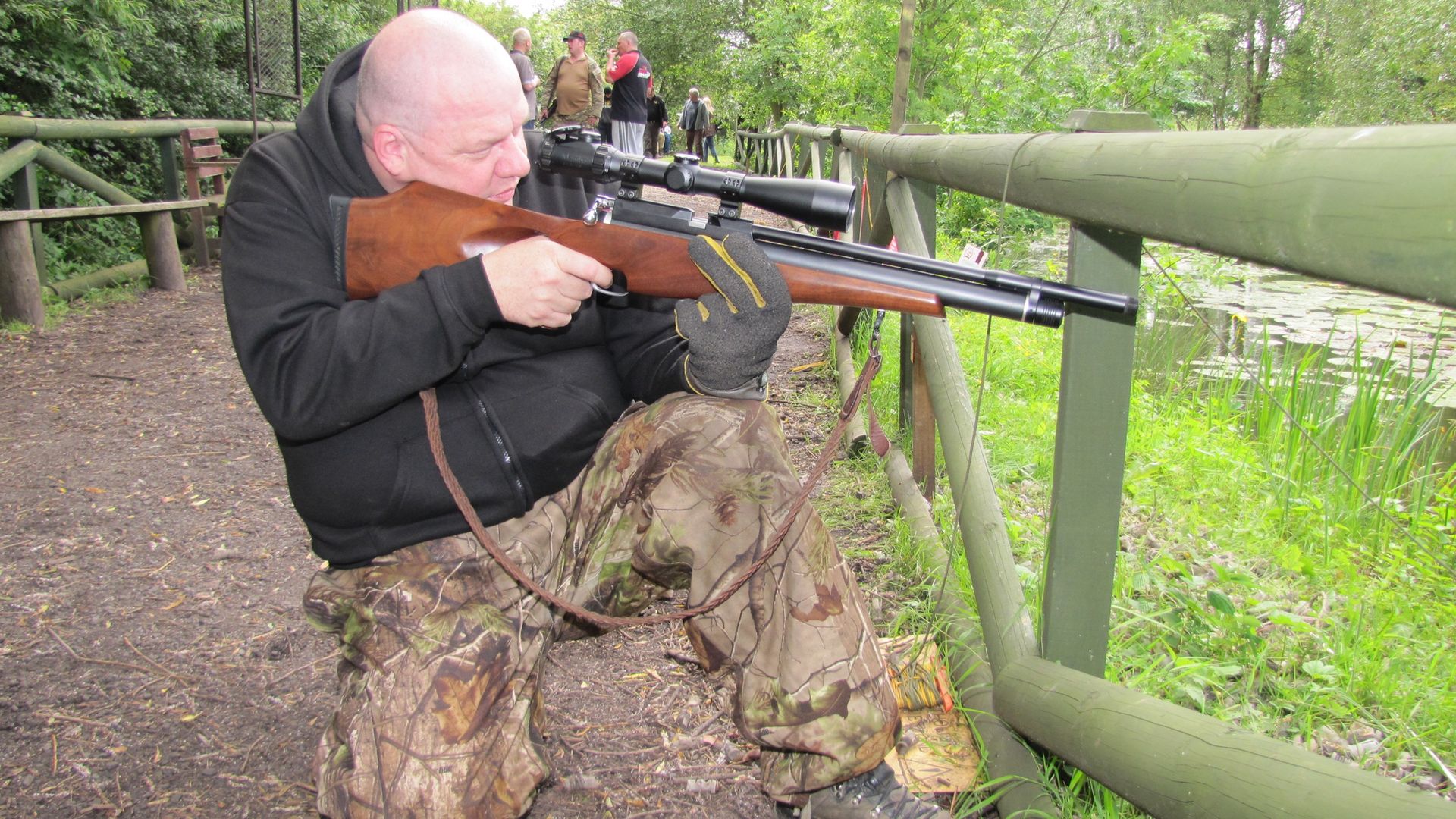 credit: Gary Chillingworth
credit: Gary Chillingworth
As many of you will know, I am a springer shooter, but a long time ago, at an HFT club far, far away, I started my shooting life with a PCP. Like most of us, I started with an Air Arms S400, then a Daystate Mk3 Sport – still the best Daystate ever, in my opinion – then an AR20, and finally a Steyr LG100.
All of these guns were great and in the right hands are all capable of winning, but I learned that even though a rifle might be stunningly accurate for one person, it might not be great for another. Also, belief in yourself and the rifle is very important.
My S400 was stunning up the peg, but I saw the top shooters resting their gun butts on the ground and the S400, even in a GinB stock, would not work for me because the GinB didn’t have a deep enough fore end; the Daystate served me proudly, but because it was electronic, I couldn’t take it apart and fiddle with it; the AR20 was great to use, but it was too front heavy and I struggled with standers and kneelers, and then I tried the Steyr and – just like Goldilocks – it was just right.
The stock was adjustable; it was easy to take apart and clean, it was well balanced and was a great gun. The downside to a Steyr, though, is that every time it gets wet, it needs to be stripped down and dried, or the hammer will develop rust spots, and parts – and the guns themselves – are not cheap.
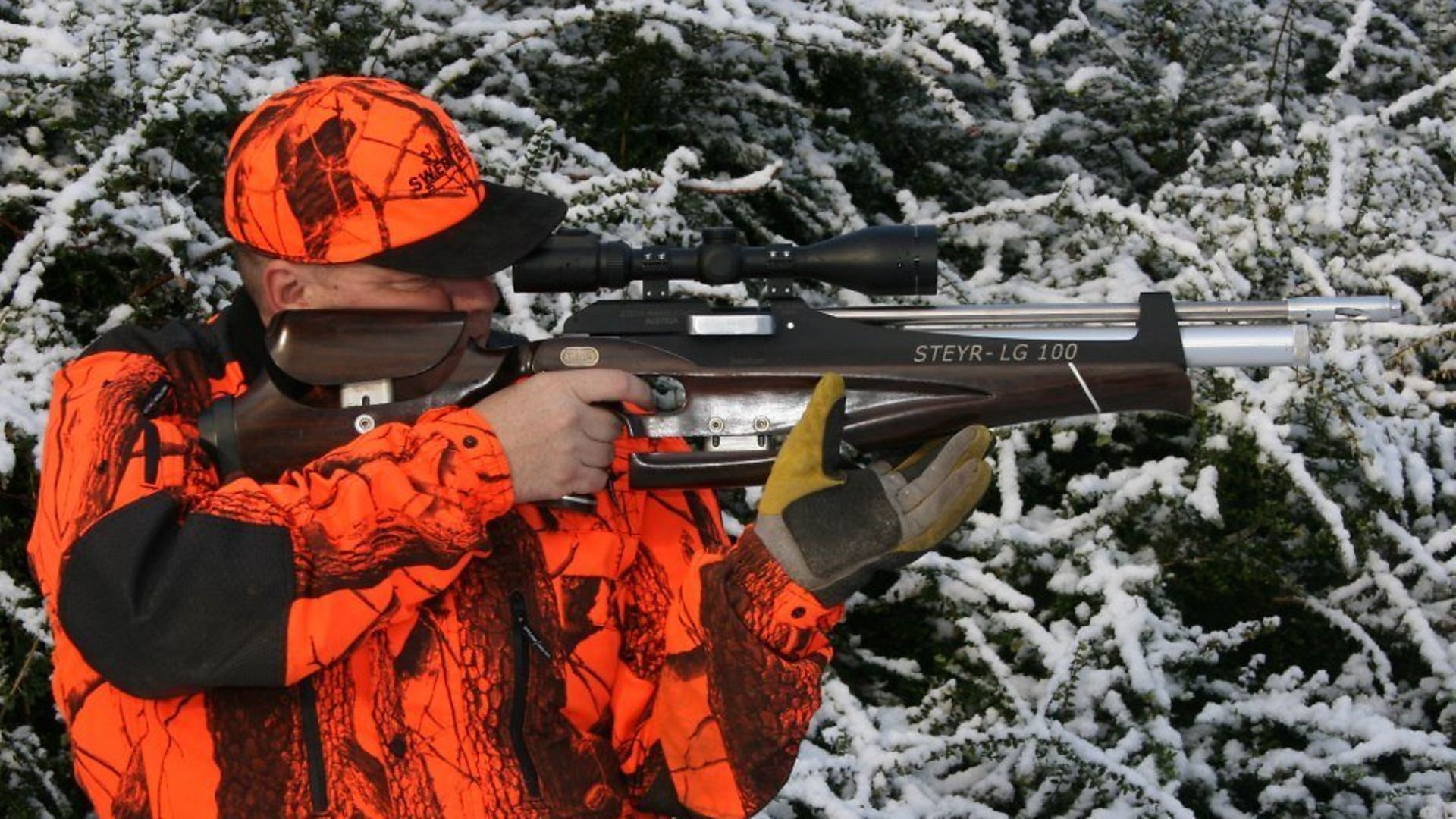 credit: Gary Chillingworth
credit: Gary Chillingworth
Get to know your kit before trying an air rifle competition
For me, back in 2011/12 and 2013, it was just the gun I needed, but looking back, why did I buy the Steyr over a Walther or an Anschutz? Well, the truth of the matter is, I looked at the people around me and they were all winning with Steyrs.
The top shooters, who I looked up to, all had the LG100 or 110, and seeing them bang in a 59 week after week gave me belief in that rifle. So, I purchased a second-hand LG100 and I completely changed the way that I shot. I started to look at the better shooters and watched how they did it.
Based on what I saw, I set up training regimens that I still do today, and this is what I want to share with you. Learning to read the wind and range find is all well and good, but if you can’t group a pellet at 40 yards and you don’t know your ranges, you will never get a top score in HFT, so setting up and learning your kit is the first step.
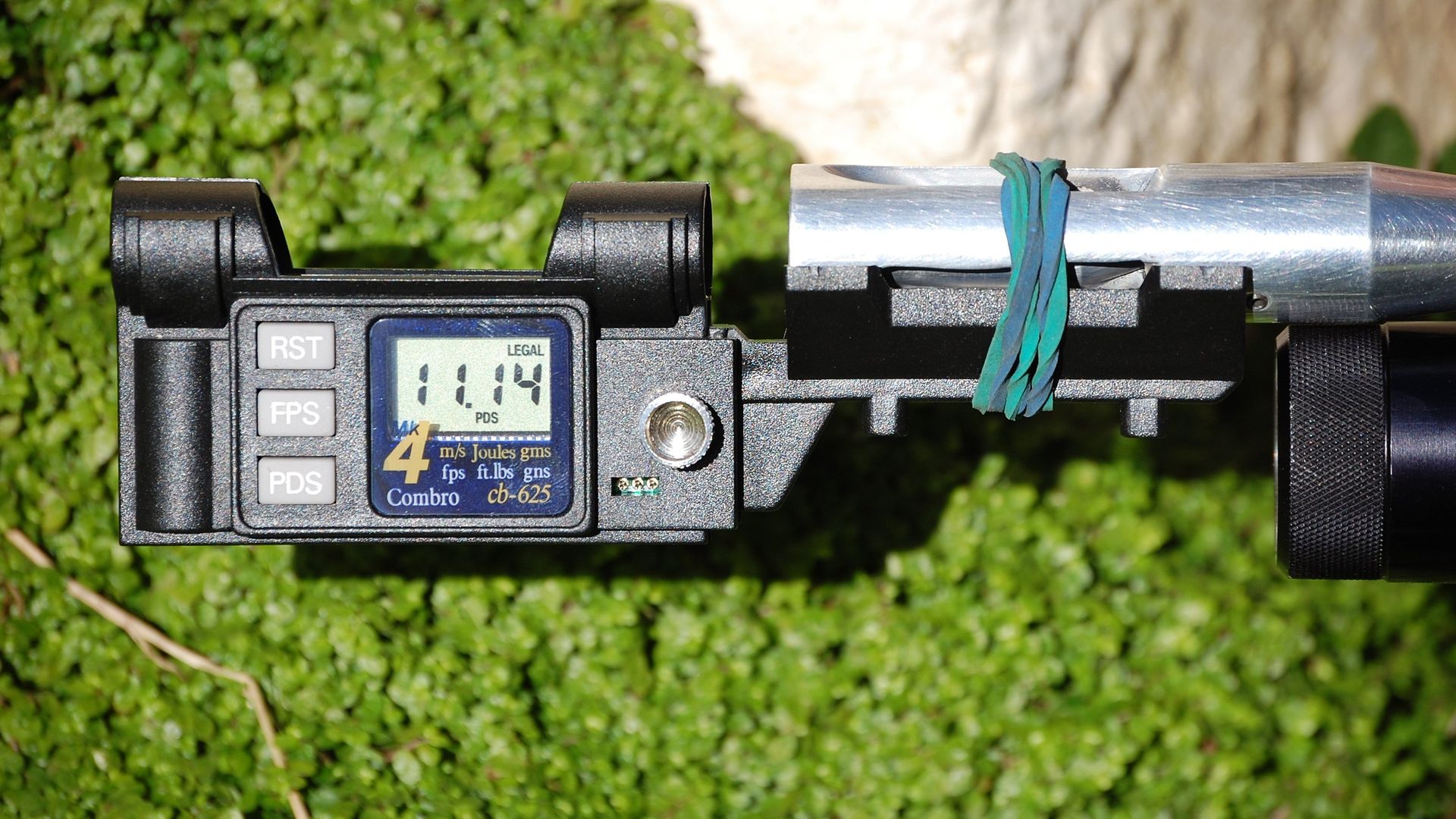 credit: Gary Chillingworth
credit: Gary Chillingworth
How to get maximum accuracy from a PCP air rifle
For me, the first thing was getting a tight group at 40 yards. The level of accuracy that I was looking for was to shoot a pellet and then shoot another nine and have them all go through the same hole, or just make the hole bigger and ragged. To do this, I had to break down my shooting into three main sections, the first of which is holding the rifle.
The most accurate way for me to shoot a PCP is to place the butt of the gun on the deck, place my cheek on the comb and push down so that I can feel the comb of the riser press into my cheek bone. I use a Bisley scope maximiser and I make note of where this presses into my eyebrow and eye socket. This way, with the cheek, the brow and where it touches my nose, I have three points of contact and this gives me consistency of eye placement.
The second thing that I focused on was my breathing. As I looked through the scope, I noticed that as I breathed in and out, my cross hairs would move ever so slightly and if I was shooting up the peg, this would be even worse. So, I set up a drill and I would breathe deeply when sighting the target and deciding on my aim points, this way I was loading my blood with oxygen, and when it was time to take the shot, I took a deeper breath and then let a quarter out and held. The oxygenated blood helped me to hold for longer, and with this holding of the breath, my body become more rigid and stable, so there is almost zero movement of the rifle and cross hairs as I take the shot.
The next step is the trigger. I love a light trigger and on my Steyr, the trigger was so light it could be set off by a flatulent sparrow breaking wind in the wrong direction. This trigger took time to learn, it was two-stage, and even though it was so light, after time I could hold it just on the second stage. To fire it took just the lightest of movements, and it was almost at the point where I could think ‘fire’ and the gun would go off.
The final step was the grip. I spent a long time holding the rifle in different ways; hard at the front, soft at the front, up against sloping pegs, no pegs, up against trees, leaning into the tree, and on the opposite side – all at 40 yards, and this was just to see if holding the rifle differently changed the aim point.
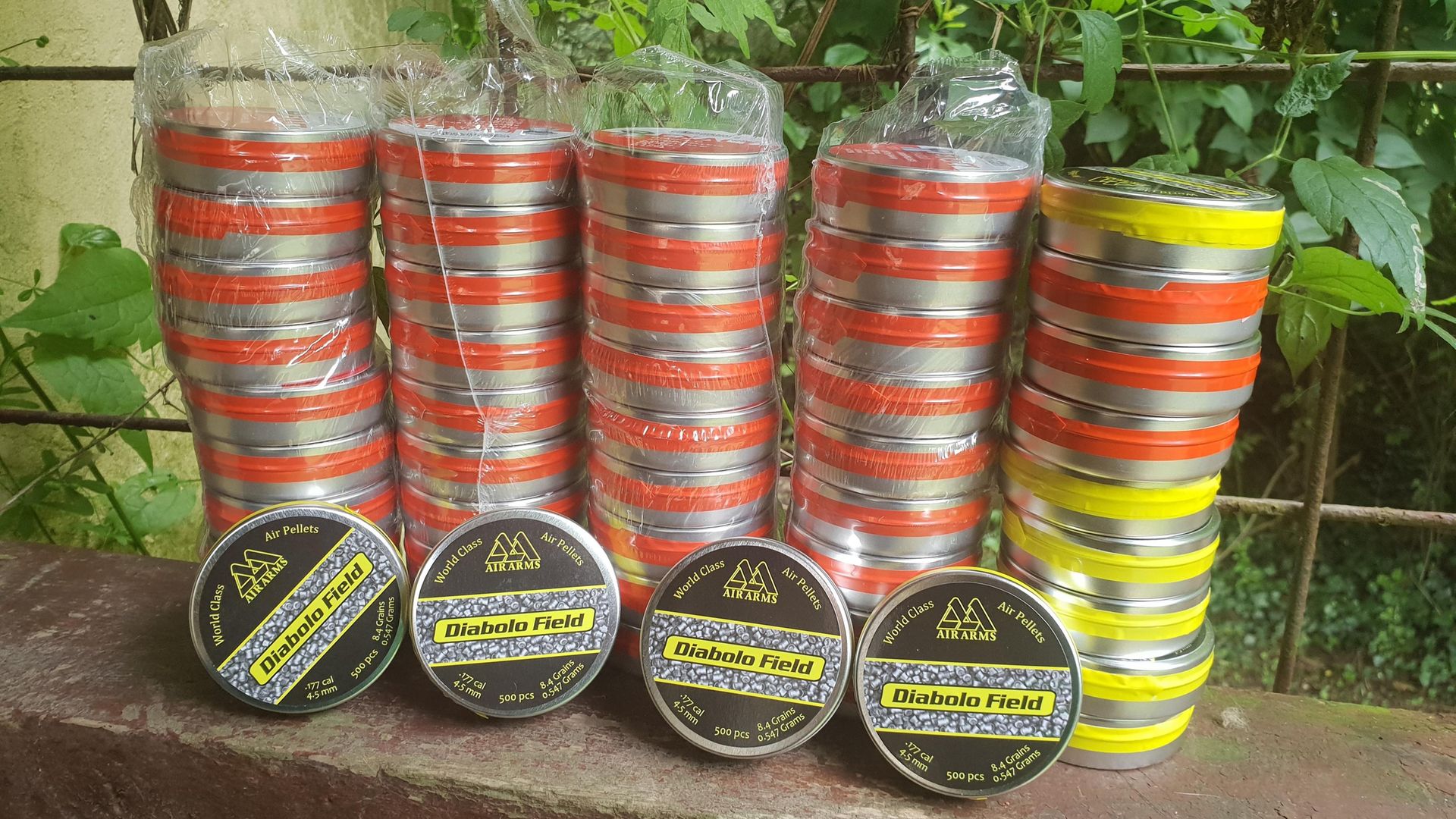 credit: Gary Chillingworth
credit: Gary Chillingworth
Get to know your air rifle inside out!
Once I had learned to shoot at 40 yards, it was then time to study the gun; was it consistent over 80 shots from 180 bar down to 110? Was it affected by heat and cold? Is the gun affected by the rain? When the weather was bad, I would go outside and shoot, just to see if the gun acted differently.
On one occasion, I found that it was hitting right when it was wet and cold, but then I realised the hood of my jacket was between my cheek and the stock and moving my head left. I then shot in the wind, and as the barrel was a left twist, I found that it took more wind left to right than it did right to left, and pellet testing showed that my barrel was super-accurate with 453 head sizes, but it hated 452s.
So, I now had a gun that I knew inside and out, and at 40 yards, I was deadly accurate. Testing took around two weeks, and about four tins of pellets. I just had to shoot, and shoot, and shoot. I set out cards from 8 to 45 yards, and on each card was a 10mm circle. My plan was to shoot up and down the cards at known ranges and get every pellet within the 10mm circle. This built muscle memory and it gave me great confidence in my aim points and the rifle. This is a training aid I still do today, although through the years I have reduced the size of the circles.
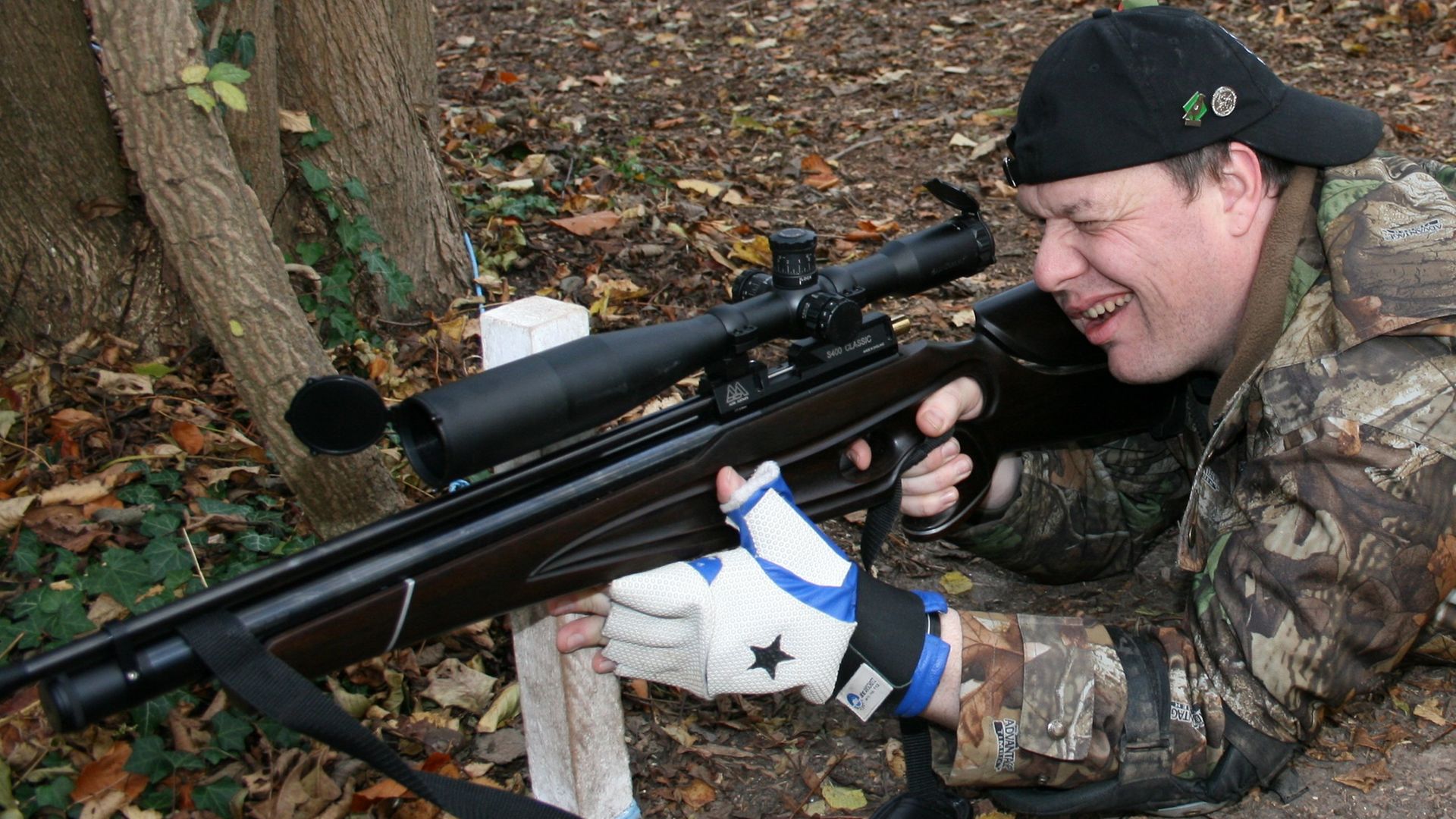 credit: Gary Chillingworth
credit: Gary Chillingworth
Work on shooting consistently
I started this training in early 2011, and in the UKAHFT National series I went from shooting mid- to high 40s to mid-50s, and by the end of 2011 I had come 7th in the Open class and secured a spot in Team England. By 2012, I was shooting mid- to high 50s consistently, and again secured a Team England spot for 2013, and 5th in the Open class.
The secret to HFT is consistency and knowing your kit. By knowing that your gun is hyper-accurate, you can spot when it’s having a fit. Also, knowing what you are capable of doing means you can spot when you are having a bad day, and this will enable you to spot patterns in performance.
I will be making a video on this subject, so go and check it out on Shooting and Country TV on YouTube, or at lifeattherange.com, and let me know at garychillingworth36@gmail.com if you have any training regimens that you would like me to share.
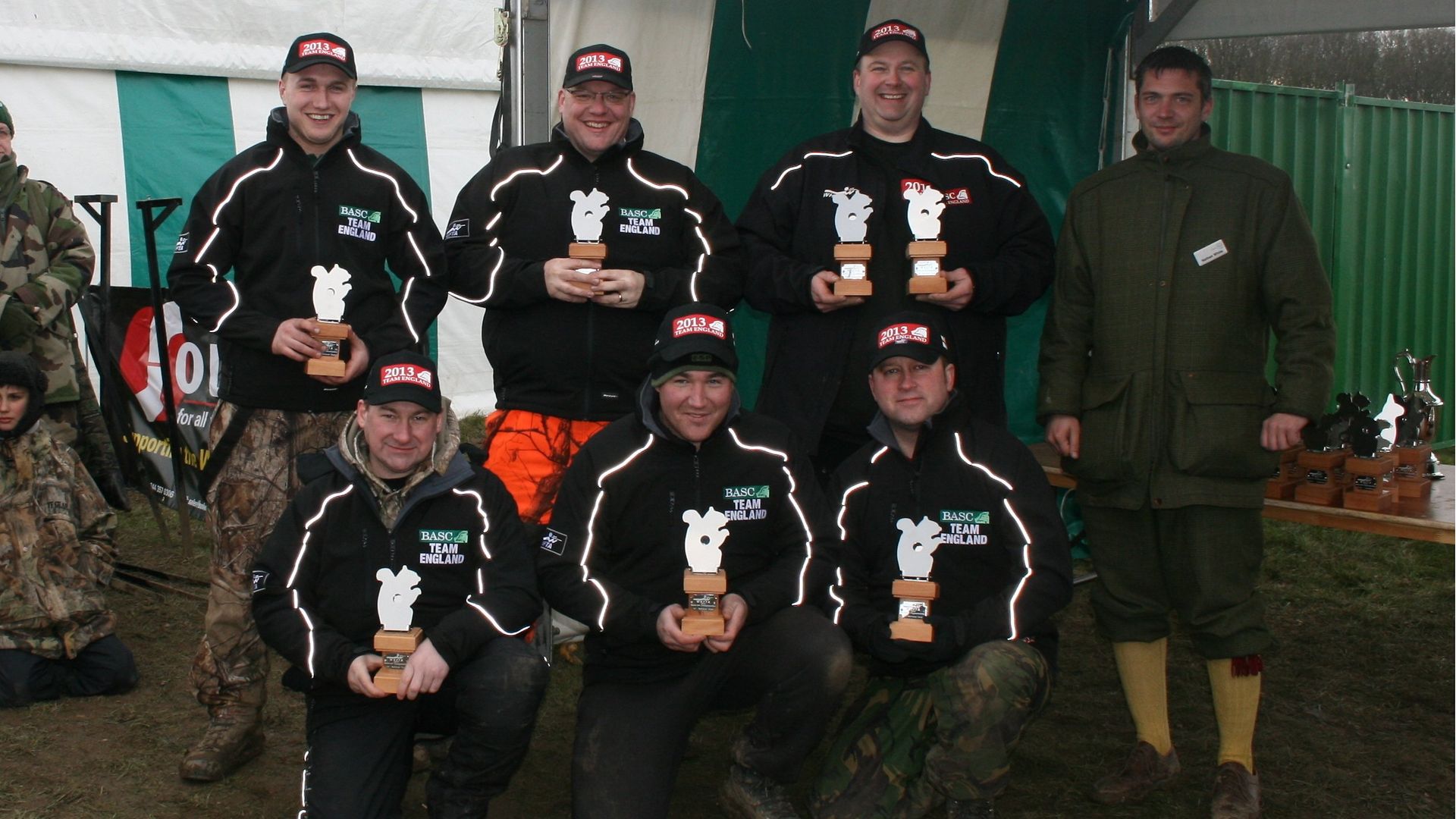 credit: Gary Chillingworth
credit: Gary Chillingworth
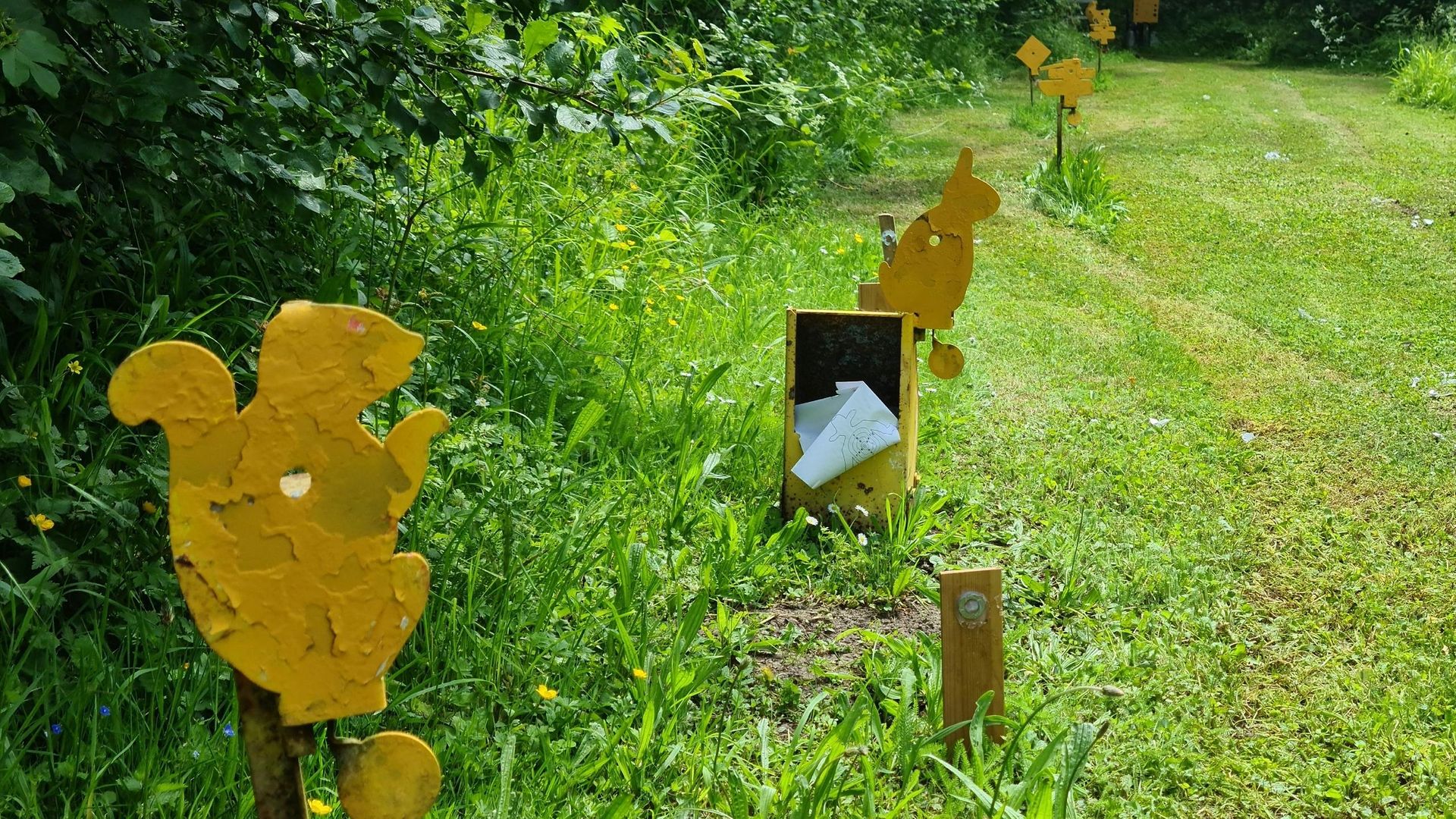 credit: Gary Chillingworth
credit: Gary Chillingworth